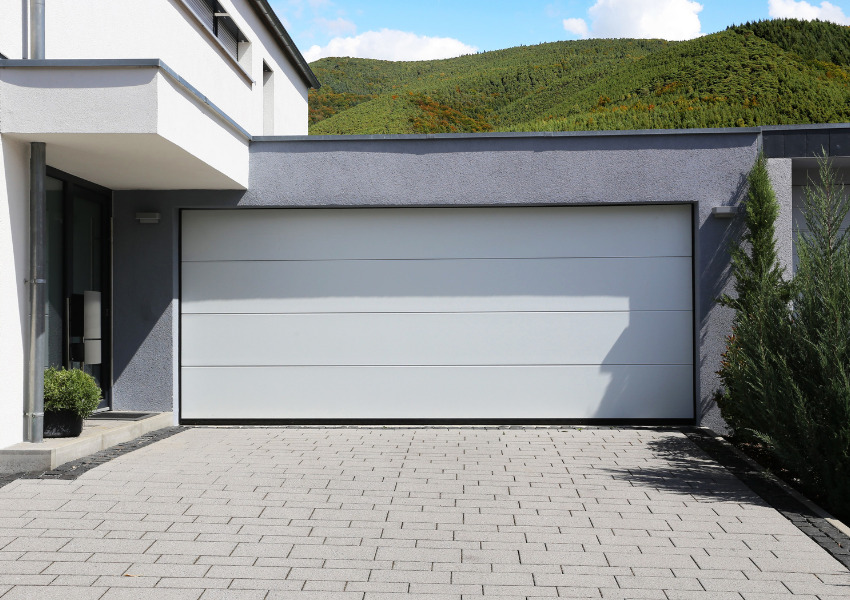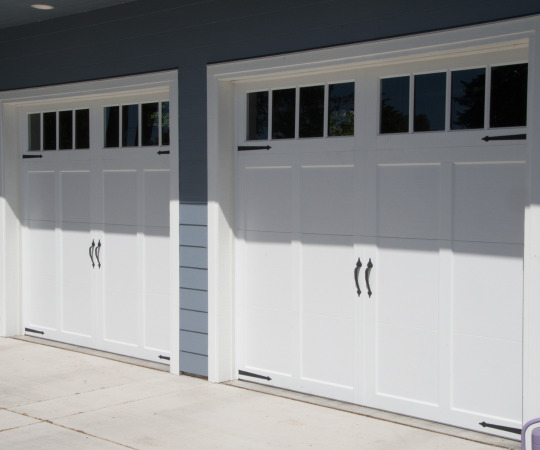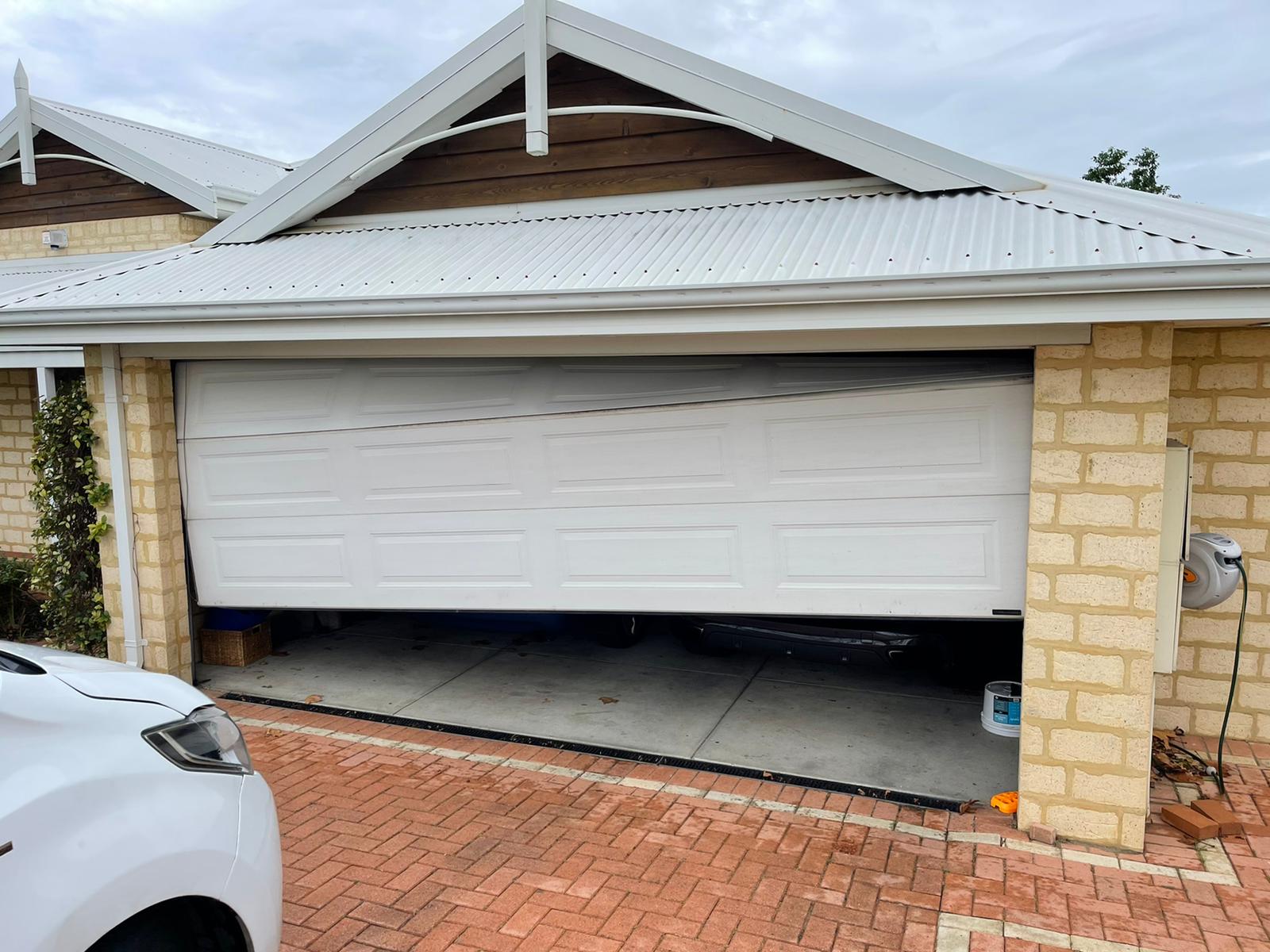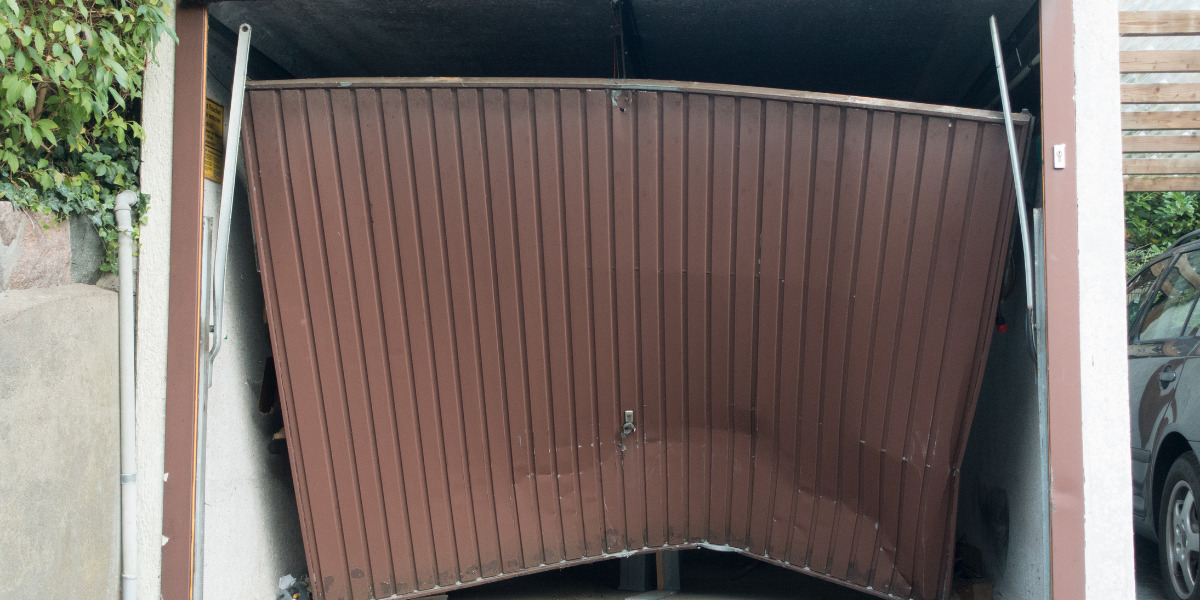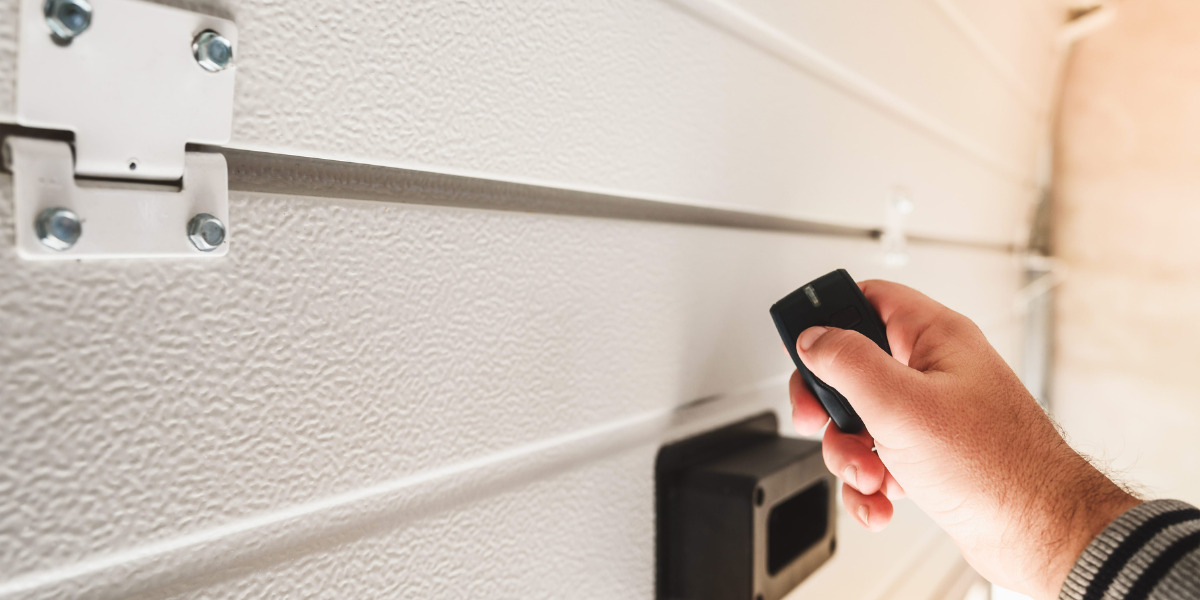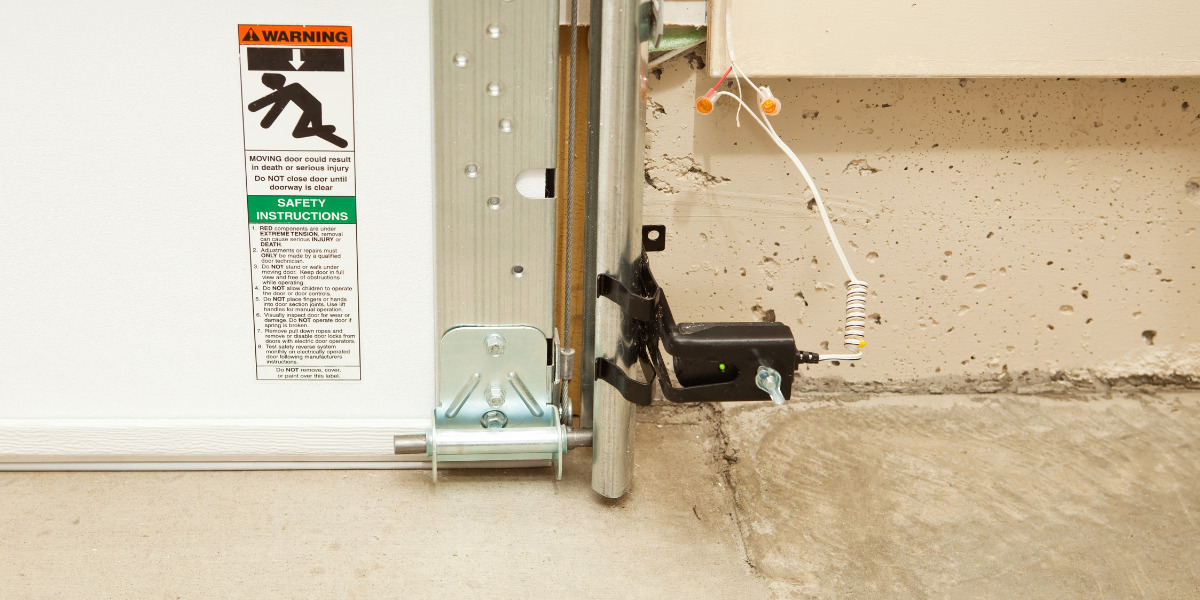Garage Door Spring Replacement Service
Key Takeaways:
- Our team of experienced technicians specializes in efficient garage door spring replacement.
- We offer same-day repair work to minimize inconvenience.
- We use high-quality replacement springs for long-lasting solutions.
- Contact us today to schedule a repair service or discuss your broken spring concerns.
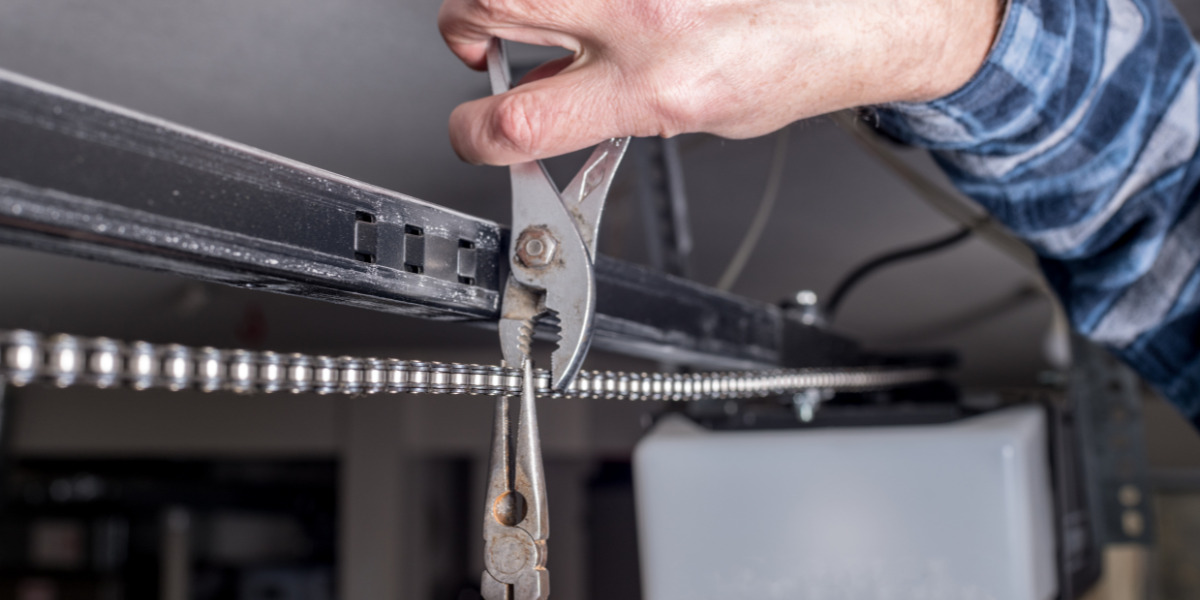
Common Signs of a Broken Garage Door Spring
If you suspect that your roller door spring is broken, it’s important to recognize the signs so that you can take prompt action. Ignoring a broken spring not only compromises the functionality of your garage door but also poses safety risks. Here are some common signs that indicate a broken garage door spring:
- Difficulty opening or closing the garage door
- Loud noises during the operation
- The uneven or crooked appearance of the door
- Visible damage or wear on the springs
When a garage door spring breaks, it can significantly impact the operation of the door. The weight of the door may become heavy and difficult to lift, straining the garage door opener and other components. It’s important to address these issues promptly to avoid further damage and ensure the safety and functionality of your garage door. Its also important to close your garage door.
Attempting to repair or replace a broken garage door spring yourself can be dangerous and is not recommended. Professional expertise is essential to accurately diagnose the problem, select the appropriate replacement parts, and safely install them. A trained technician will have the necessary knowledge and experience to handle garage door spring repairs, ensuring proper installation and safe operation.
If you notice any of the signs mentioned above or suspect a broken garage door spring, it’s crucial to contact a professional garage door technician. They will conduct a thorough inspection, provide an accurate diagnosis, and carry out the necessary repairs with efficiency and precision. Don’t put your safety at risk – trust the experts to handle your garage door spring replacement needs.
The Importance of Professional Garage Door Spring Replacement
When it comes to garage door spring replacement, it is crucial to enlist the services of a professional garage door technician. Garage door springs are under high tension and can be dangerous to replace without the proper training and equipment. At Rapid Fix Garage Doors, we prioritize your safety and the proper functioning of your garage door.
Our team of experienced technicians has the expertise to safely replace your garage door springs. We understand the intricacies involved in correctly installing the springs and ensuring they function properly. By hiring a professional, you can have peace of mind knowing that your garage door springs will be installed accurately and efficiently.
Another benefit of professional garage door spring replacement is access to the correct replacement spring pair code. Each garage door requires a specific spring pair code to ensure optimal performance and balance. Our technicians have the knowledge to determine the correct code for your door, ensuring that the replacement springs are a perfect fit.
| Benefits of Professional Garage Door Spring Replacement |
|---|
| Safety and proper installation |
| Expertise in determining the correct spring pair code |
| Long-lasting performance of your garage door |
| Minimized risk of injury or further damage |
Attempting to replace the springs yourself can lead to serious injury or further damage to the door or opener.
Don’t risk your safety or compromise the functionality of your garage door. Trust the professionals at [Our Company Name] for reliable and efficient garage door spring replacement. Contact us today to schedule an appointment and discuss your spring replacement needs.
High-Quality Materials and Fast, Reliable Service
When it comes to garage door spring replacement costs, we understand the importance of using high-quality materials. We prioritize durability and longevity to ensure that your garage door operates smoothly for years to come. Our team of experienced technicians only utilizes the best products in our services, ensuring that your replacement door springs are built to withstand the demands of daily garage door operations. By investing in high-quality materials, we guarantee a long-lasting solution that provides you with peace of mind.
In addition to using top-notch materials, we also pride ourselves on delivering fast and reliable service. We know that a malfunctioning garage door can disrupt your daily routine, which is why we offer same-day repair services to minimize any inconvenience caused. Our technicians are experienced and reliable, efficiently diagnosing and fixing the issue to get your garage door back in working order as quickly as possible. Whether you have a local garage door or an automatic garage, our team has the knowledge and skills to handle your replacement door springs code and garage door opener.
We also offer emergency repair services for garage door springs. We understand that emergencies can happen at any time, and a broken spring can leave your garage door inoperable, posing a security risk. Our team is available to provide prompt assistance and ensure that your door is functioning safely and efficiently. With our fast and reliable service, you can trust us to handle all your garage door spring replacement needs.
Our Commitment to Quality
At Rapid Fix Garage Doors, we are committed to delivering the highest quality service to our customers. If you garage door spring is broken its imperative that you close your sectional door and secure it as quickly as possible. We understand that garage doors play a vital role in the security and functionality of your home, and we strive to provide solutions that meet your specific needs. Our technicians are trained professionals who have the expertise and knowledge to handle all types of garage door spring replacements. We ensure that each replacement is done correctly and safely, giving you peace of mind knowing that your garage door is in capable hands.
| Key Benefits | Our Services |
|---|---|
| High-quality materials | Fast and reliable service |
| Experienced technicians | Emergency repair services |
| Same-day repairs | Expertise in all types of garage doors |
Trust us for all your garage door spring replacement needs. Contact us today to schedule a service and experience the difference between our high-quality materials and fast, reliable service.
Conclusion
When it comes to garage door spring replacement, trust a licensed professional like us. We understand the intricacies involved in garage door installation and the heavy lifting it requires. Attempting to replace springs yourself can be dangerous and may cause further damage to your garage door. That’s why we recommend relying on our expertise and specialized tools to ensure the job is done safely and efficiently.
Garage doors can be quite heavy, and improper installation or repair can lead to accidents or injuries. By choosing a licensed professional, you can have peace of mind knowing that your garage door is in capable hands. We are committed to providing you with top-notch service and ensuring that your garage door operates smoothly and safely.
Regular maintenance and servicing are also crucial in prolonging the functionality of your garage door. Our team can assist you with preventive maintenance, ensuring that your door is functioning optimally and minimizing the risk of any potential issues. Don’t wait for a major problem to arise; let us help you stay one step ahead and avoid unnecessary inconvenience.
At our company, we take pride in delivering high-quality services to our valued customers. From garage door installation to intricate tasks like spring replacement, we have the expertise to handle it all. Trust in our licensed professionals to provide you with unparalleled service, ensuring the proper functioning of your garage door and the safety of your property. Contact us today for all your garage door needs.
FAQ
What are some common signs of broken torsion springs?
Common signs of a broken garage door spring include difficulty in lifting the door, a visibly broken spring, or the door not staying in place when partially open.
How do I know if I need a garage door spring replacement?
If your garage door feels unusually heavy or doesn’t open smoothly, it’s likely that the spring tension has been compromised and needs to be replaced.
Can I replace a garage door spring myself?
It’s strongly advised to seek professional assistance for garage door spring replacement due to the high tension involved. Attempting to do it yourself can be dangerous.
Why is it important to hire a professional for garage door spring replacement?
Garage door springs are under high tension and can be dangerous to replace without the proper training and equipment. A professional technician has the expertise to safely replace the springs, ensuring they are installed correctly and functioning properly.
Do I need to replace both garage door springs?
It’s recommended to replace both springs even if only one is broken, as they have a similar lifespan and the other may also be at risk of breaking soon.
How often do garage door springs need to be replaced?
On average, garage door springs will need to be replaced every 5-7 years, but this can vary depending on the frequency of use and environmental factors.
How do I book a garage repair service for spring replacement?
You can easily book your garage door spring replacement online through this link or by contacting our customer service team on (07) 3186-9707.
Do you offer emergency repair services for garage door springs?
Yes, we offer emergency repair services for garage door springs to ensure that your door is back in working order as quickly as possible.
What is the typical garage door spring replacement cost?
Replacing garage door springs costs between $300+GST and $450+GST for a professional to complete the job depending on the size and weight of the door.
How often should I maintain and service my automatic garage door?
It is important to regularly maintain and service your garage door to prevent any potential issues. The frequency of maintenance will depend on the usage and condition of your garage door.
Originally published at Rapid Fix Garage Doors
